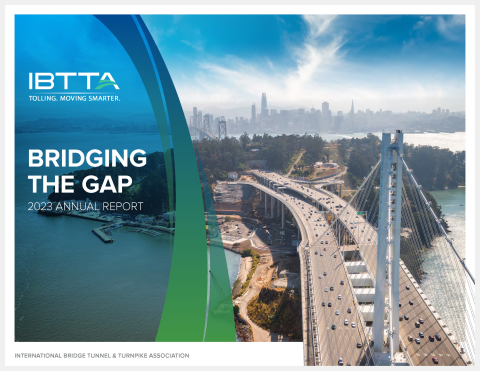- Home
- IBTTA Insights
- Rising Demand for Big Rigs Predicts Future Highway Volumes
Stories
Rising Demand for Big Rigs Predicts Future Highway Volumes


Sometimes, the best way to predict demand for a product or service is to follow a supply chain from beginning to end.
In this case, skyrocketing demand for new heavy-duty trucks is the latest, solid indication that the need for fast, efficient highway mobility in the United States will rise rapidly for the foreseeable future. And it’s coming a time of year when a big batch of new orders is pretty much the last thing manufacturers would usually expect.
Slow Season…Or Not?
The story comes our way courtesy of an early July article in the Wall Street Journal, based on preliminary data from Columbus, Indiana-based Americas Commercial Transportation (ACT) Research Co. It indicates orders for new big rigs hitting record highs, creating opportunity for truck plants and some temporary inconvenience for shippers.
“Fleets ordered 42,200 trucks in June, more than double the number they bought in the same month a year ago, according to preliminary figures from ACT Research, and 18.5% more than they ordered in May,” the Journal reports. “The persistent robust demand for the heavy-duty vehicles used for long hauls meant carriers ordered new trucks at a seasonally adjusted rate of 492,000 vehicles in the first six months of this year.” That produced what ACT Research President Kenny Veith described as “the strongest six-month order period that we have in our database, which goes back to 1982.”
The resulting manufacturing backlog is the biggest the research firm has seen this century. “The backlog-to-build ratio was about 9.6 months at the end of May,” the Journal states, citing Veith, “meaning most trucks ordered in June won’t arrive until the first half of 2019.”
New Trucks Need Good Roads
The surge in volume raises the most basic of questions: Where will all that new trucking capacity go?
It’s an old story for anyone in the surface transportation community, but it bears repeating: After decades of under-funding, America’s aging interstate highway system is struggling to keep up with the continuing need for maintenance, upgrades, and refurbishment. Highway volumes continue to set records. Freight volumes are on track for explosive growth into the foreseeable future. The swelled order books in the ACT Research study translate into volume on the country’s roads and wear and tear on its roadbeds.
We’ve known for a couple of years that some truckers appreciate the added speed, reliability, and safety they get by using toll roads to get their loads delivered on time. In central Florida, one logistics company found its drivers could fit an extra trip into their circuits from the Port of Tampa to various distribution centers, just by using the toll road that connects Interstate 4 to the Selmon Expressway.
That was in 2016, well before ACT Research started reporting a surge in truck manufacturing. For an industry where time literally equals money, and with new trucks hitting America’s roads at a seasonally-adjusted rate of 492,000 every six months, toll roads are about to become an even more valuable resource than they’ve already been.

Joining IBTTA connects you to a global community of transportation professionals, offering unmatched opportunities for networking, knowledge-sharing, and collaborative innovation in the tolling and transportation sector.
Follow IBTTA on social media for real-time updates on transportation trends and collaborative opportunities.





